What are some ways that businesses can try to mitigate the effects of supply chain disruptions?
How to Mitigate Risk in Supply Chains

In today’s global economy, supply chains have become increasingly complex, leading to a greater risk of disruption and vulnerability. Disruptions can cause significant losses in revenue, customers, and jobs for businesses that rely on them.
Fortunately, there are steps that can be taken to mitigate this risk and reduce the impact of disruptions.
Data Analytics and Visualization Tools
Data analytics and visualization tools can be used to identify potential risks in the supply chain and prevent them from happening. These tools allow businesses to track their supply chain performance more closely and take action when necessary. With data-driven insights, companies can make better decisions about how they manage their supply chains, including which suppliers are most reliable and how they should respond to changes in demand or production costs.
Supply Chain Risk Management
Another way to reduce risk is by implementing a comprehensive supply chain risk management program. This program should include procedures for identifying potential risks, developing strategies for mitigating those risks, monitoring the performance of suppliers, and responding quickly when disruptions occur. By having this type of program in place, businesses will be better prepared for any issues that may arise in their supply chain.
Benchmarking Performance
Finally, benchmarking performance is an important part of managing any business’s supply chain. By measuring key metrics such as cost per unit or time from order placement to delivery time, businesses can determine if their current operations are meeting customer needs or if changes need to be made in order to improve efficiency and reduce costs. Benchmarking also allows companies to compare their performance against competitors so that they can stay ahead of the competition.
As you can see, there are many ways that businesses can mitigate risk in supply chains. Using data analytics and visualization tools can help identify potential risks before they become problems while implementing a robust risk management program ensures that companies are prepared for any disruptions that may occur in the future.
Additionally, benchmarking performance helps companies ensure that their operations are as efficient as possible while staying competitive with other businesses in the same industry or geographic region. With these strategies in place, businesses will be better equipped to handle any disruptions or vulnerabilities that may arise along the way, keeping them one step ahead of the competition!





